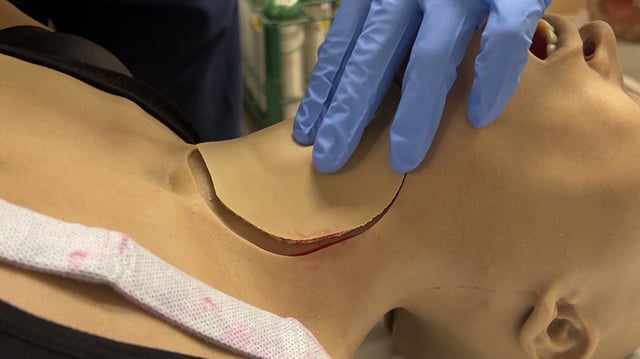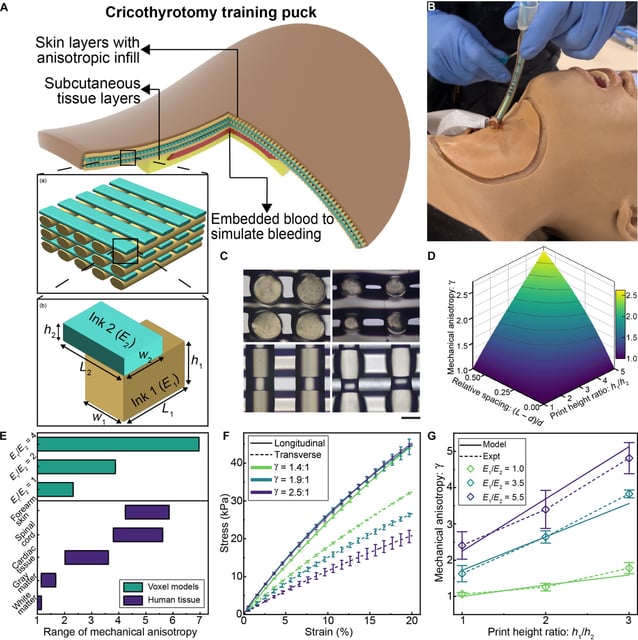Overview
- The technique programs tiny internal patterns to tune directional strength and stretch to match soft tissues such as skin and organs, supported by a predictive formula.
- A single-step process embeds fluid-filled microcapsules that release blood-like liquid when cut, improving tactile and visual feedback.
- In a preliminary evaluation, surgeons reported superior tactile realism and cutting response compared with standard training models.
- The work was published in Science Advances on August 29, 2025, led by the University of Minnesota with collaborators at the University of Washington.
- Backed by U.S. Department of Defense funding, the team is pursuing scale-up, varied organ geometries, and materials that respond to tools such as electrocautery.

